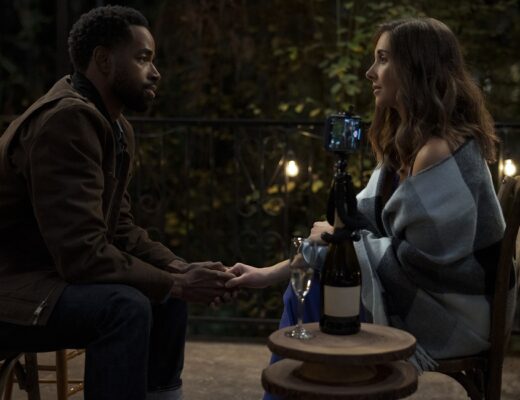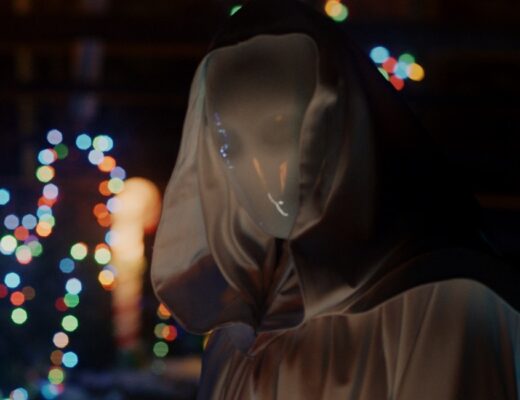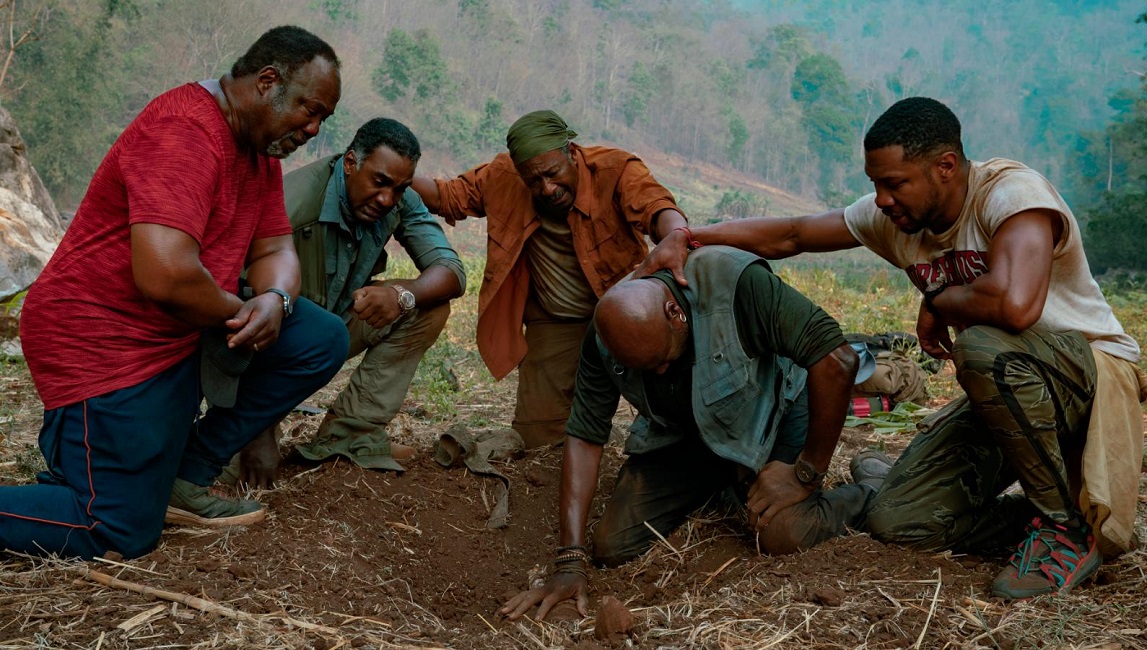It’s a bit dubious to sell Hopper/Welles as a newly discovered lost work from Orson, though one can understand how that might be an enticing marketing hook within the context of the great director’s famously frustrated career. What Hopper/Welles might be more accurately described as is an artifact or historical curiosity, a documentary that has obvious cultural significance, but one that probably wasn’t meant to look like this, or even be screened publicly. Hopper/Welles is essentially a feature-length interview between Orson Welles (the conductor) and Dennis Hopper (tasked with responding). What is being screened at NYFF (and previously at Venice, where it debuted) is a 130-minute edit of about five hours of raw footage found along with the footage that would become the 2018 cut of The Other Side of The Wind. That film contained footage of Hopper presumably stitched in from this session, so it may be safe to assume that this project was a sort of exercise intended to feed into The Other Side of The Wind, and less a work unto itself.
With all that said, Hopper/Welles is inherently intriguing, obviously. And while its worth interrogating the way producer Filip Jan Rymsza and editor/co-producer Bob Murawski (apparently the architects of this project as well as The Other Side of The Wind restoration) have shaped this material (Welles cut up his actual negatives in ways that seem to imply intended edits, apparently), it’s not hard to see why they thought the footage might register with contemporary viewers. The film is shot almost entirely in close up, the camera sporadically cutting between a handful of angles that always keep Hopper’s head as the focus. Welles stays off camera, choosing to assert himself as a disembodied voice, a bellowing interrogator, easing Hopper in via a survey of expected questions about art and process, before directly challenging his political beliefs and radical persona. Throughout this, Welles occasionally dons his “Jake Hannaford” persona (a character that would be physically embodied by John Huston in The Other Side of The Wind ), and Hopper responds to him as if the fictional director is considering him for a role. It’s hard to say if this aspect of Hopper/Welles is simply spontaneous improv meant to be repurposed, or actually some attempt to give this footage a structure and thematic framework, but in this current edit, it adds further mystery to the on screen proceedings and convincingly places itself adjacent to late Welles canon like F For Fake. That film’s interest in cinema’s stage magic origins and the slipperiness of persona and performance are all touched on in Hopper/Welles, albeit much more directly.
As a distinct feature, Hopper/Welles doesn’t necessarily work. In a generous light, this film is a neat excuse for Welles to riff on the then contemporary New York avant garde (Warhol, Clarke, Mekas) of whom Hopper had some notable association at that point. More realistically (but not much less interesting), this is a poignantly timed project that knowingly picks at the image of both men and what they represent to their respective generations. Most curiously, Hopper comes off oddly pragmatic, maintaining a dedication to vague centrist values in the face of questions about police violence and radicalism (Easy Rider is not meant to be read as anti-cop apparently). It’s hard to gauge to what extent this is a performance (from both men), or to what extent Welles takes Hopper seriously, and in fact, it’s hard not to ask these questions generally of this project. But arguably, this is part of what makes Hopper/Welles such enticing viewing in the first place.







